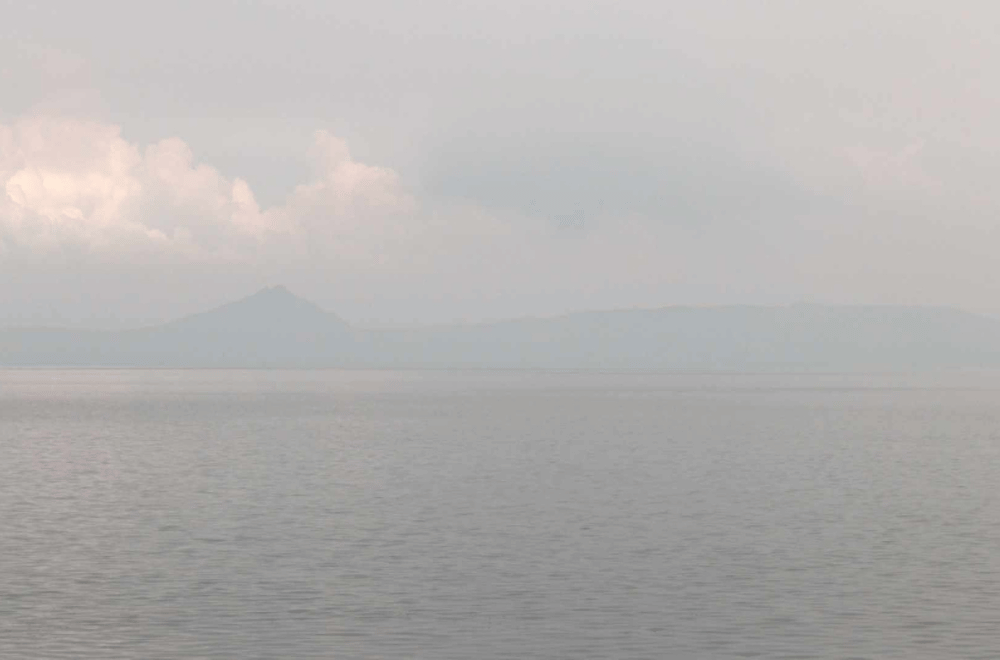The area around Taal Volcano Island experienced near zero visibility due to haze and volcanic smog or "vog."
The Philippine Institute of Volcanology and Seismology (PHIVOLCS) said it was caused by the continuous release of sulfur dioxide from Taal, which was getting trapped in the atmosphere.
"Volcanic Haze and na-mix sa aerosol 'yung sulfur dioxide," Teresito Bacolcol, Director of DOST-PHIVOLCS, said.
The wind in the area is also slow, contributing to the haze to linger.
Despite the haze, business continued as usual by the lakeside in Barangay Halang, Lipa City, with no unusual odors reported.
"Wala naman po, yun lang [na] hindi nakikita 'yung [bulkan], hindi kagaya kahapon," Lea Macasaet, a resident, said.
"Although 'yun na nga, kung wala silang masangsang na amoy na naamoy, then na-mix na sa aerosol 'yung Sulfur Dioxide," Bacolcol said.
HAZE
On June 6, a haze was observed in various towns in Batangas including: Alitagtag, Tingloy, San Nicolas, Laurel, Taysan, Lobo, Agoncillo, Lemery, Taal, Sta. Teresita, Cuenca, Balete, Malvar, and the cities of Lipa and Batangas.
Over 11,000 tons of sulfur dioxide were released, higher than the daily average of 8,000 tons.
"This isn't the highest recorded this year; the highest was 18,000 tons on March 28," Bacolcol said.
The public is advised to wear N95 face masks, avoid outdoor activities, and keep windows closed. Those with pre-existing health conditions, children, and the elderly should be cautious particularly.
Taal remains at Alert Level 1.
Vog is a toxic gas mixture of sulfur dioxide and other volcanic gases that combine with atmospheric oxygen, moisture, dust, and sunlight, resulting in a hazy environment.
Excessive exposure to vog can irritate the eyes, throat, and respiratory tract.



